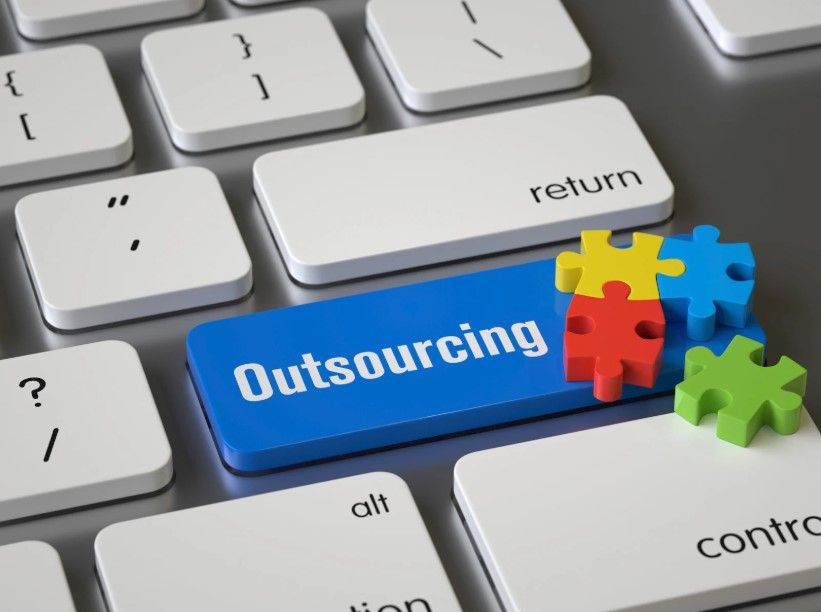Streamlining Construction Documentation with Offshore Support
Construction is a world of precision. Every line on a drawing, every note on a plan, and every revision log plays a part in shaping the built environment. Yet, anyone working in the AEC industry knows that documentation can quickly spiral out of control—conflicting versions, missing details, and never-ending RFIs.
The good news? Order is possible. Offshore drafting and documentation support teams are helping AEC firms bring clarity and efficiency to one of the industry’s biggest pain points. By introducing structure, consistency, and scale, these teams turn what was once a bottleneck into a streamlined, value-driven process.
The Documentation Dilemma in Construction
Successful projects aren’t just built—they’re carefully documented from concept to handover. Unfortunately, documentation is also one of the most time-consuming and error-prone tasks in the project lifecycle.
Common struggles include:
- Inconsistent standards – Teams using different CAD/BIM formats and templates.
- Version control issues – Confusion over the latest revisions.
- RFI delays – Documentation errors leading to costly back-and-forth.
- Overburdened in-house staff – Talented drafters tied up with repetitive tasks instead of strategic work
The result? Delayed approvals, inflated budgets, and frustrated stakeholders. When documentation falters, the entire project feels the impact—from design accuracy to construction sequencing to client trust.
Key Takeaway: Documentation errors don’t just affect drawings; they ripple across timelines, budgets, and relationships.
How Offshore Teams Transform Workflows
Offshore drafting teams are not just “extra hands”—they bring structured processes that reduce risk and enhance project delivery.
1. Standardized Processes for Error-Free Deliverables
Teams trained on global CAD/BIM standards (ISO, AIA, or client-specific) ensure consistency across all drawings. Offshore specialists use:
- Automated QA/QC checks to catch discrepancies early.
- Centralized document management systems to eliminate version conflicts.
- Streamlined submission protocols that make approval cycles smoother
This kind of rigor doesn’t just prevent mistakes; it builds confidence with clients and stakeholders who see reliable, repeatable results.
2. Scalability and Flexibility
Need 10 drafters this month but only 3 next month? Offshore setups let you scale resources on demand—no hiring headaches, no idle downtime. This flexibility means your internal teams stay lean and focused, while external partners absorb the ebb and flow of project demands.
3. Expertise in Complex Documentation
From shop drawings and as-builts to MEP detailing, structural steel drawings, façade documentation, clash detection, and BIM coordination, offshore teams bring technical depth that keeps projects on track. With exposure to multiple global markets, these teams often carry best practices from other regions, adding fresh perspectives and efficiency gains.
4. Real-World Impact: Faster Approvals, Fewer Errors
One mid-sized contractor cut RFIs by 40% after partnering with an offshore drafting team. Standardized submissions meant faster approvals, while in-house staff could refocus on design and client-facing tasks. Over time, these efficiencies compound, freeing firms to take on more projects without stretching their existing staff too thin.
Key Takeaway: Offshore teams don’t just save costs—they create scalability, consistency, and measurable project improvements.
Choosing the Right Offshore Partner
Not all outsourcing providers are created equal. When evaluating potential partners, consider:
- Industry specialization – Do they focus on AEC?
- Data security protocols – How is project information safeguarded?
- Communication setup – Is there a dedicated project manager?
- Proven track record – Can they provide case studies or client testimonials
The right partner should feel like an extension of your in-house team, not just a vendor. Smooth collaboration, cultural alignment, and responsive communication are just as important as technical skills.
Key Takeaway: The best offshore partner acts as a seamless extension of your team, sharing accountability for quality and deadlines.
The Future: Offshore + Tech
The next wave of efficiency comes from combining offshore talent with AI-powered drafting tools and cloud-based collaboration platforms. Imagine offshore teams using AI to flag errors instantly while cloud systems ensure every stakeholder sees the latest revision in real time. Firms embracing this hybrid approach will lead in speed, precision, and cost-effectiveness.
Key Takeaway: Offshore support, combined with technology, is shaping the future of faster, smarter construction documentation.
ADDMORE Services: Your Partner in Precision Drafting
At ADDMORE Services LLC, we understand the critical role accurate documentation plays in AEC projects. As a professional technical services company specializing in offshore outsourcing for the construction industry, our teams help clients:
- Minimize errors and rework
- Accelerate project timelines
- Lower operational costs
- Free up in-house talent for strategic design and management
Think of it as moving your documentation from chaos to control—while giving your core team the breathing room to innovate and deliver value.
Key Takeaway: A trusted outsourcing partner like ADDMORE Services doesn’t just fill capacity—it empowers firms to focus on what they do best.
Final Thoughts
Construction documentation doesn’t have to be overwhelming. By leveraging offshore drafting teams, firms can streamline workflows, reduce risks, and keep projects moving forward with confidence. Offshore support is no longer just a cost-saving measure—it’s a strategic advantage.
The question now is: what’s holding your documentation back?
✅ Pro tip: Start small with an offshore pilot project. The results may surprise you—and may just reshape the way your firm handles documentation forever.










